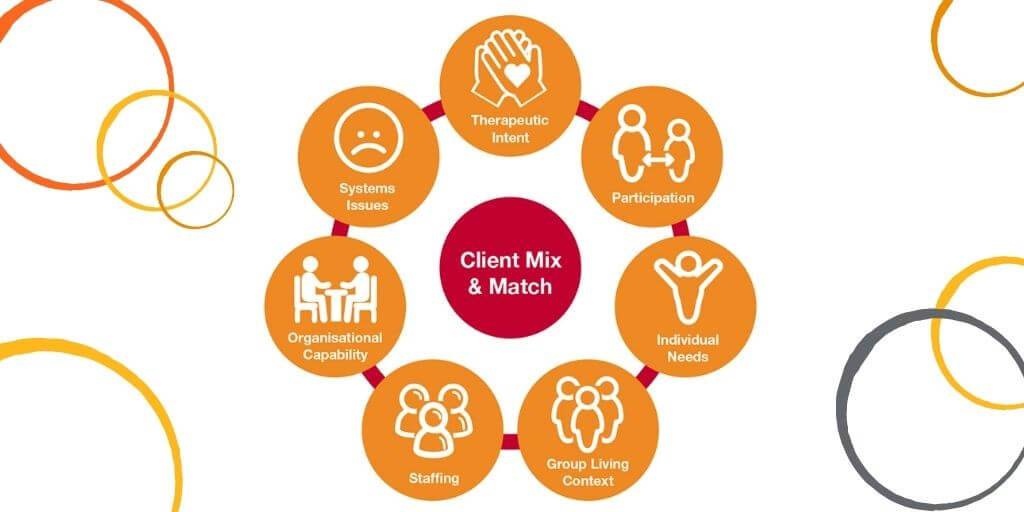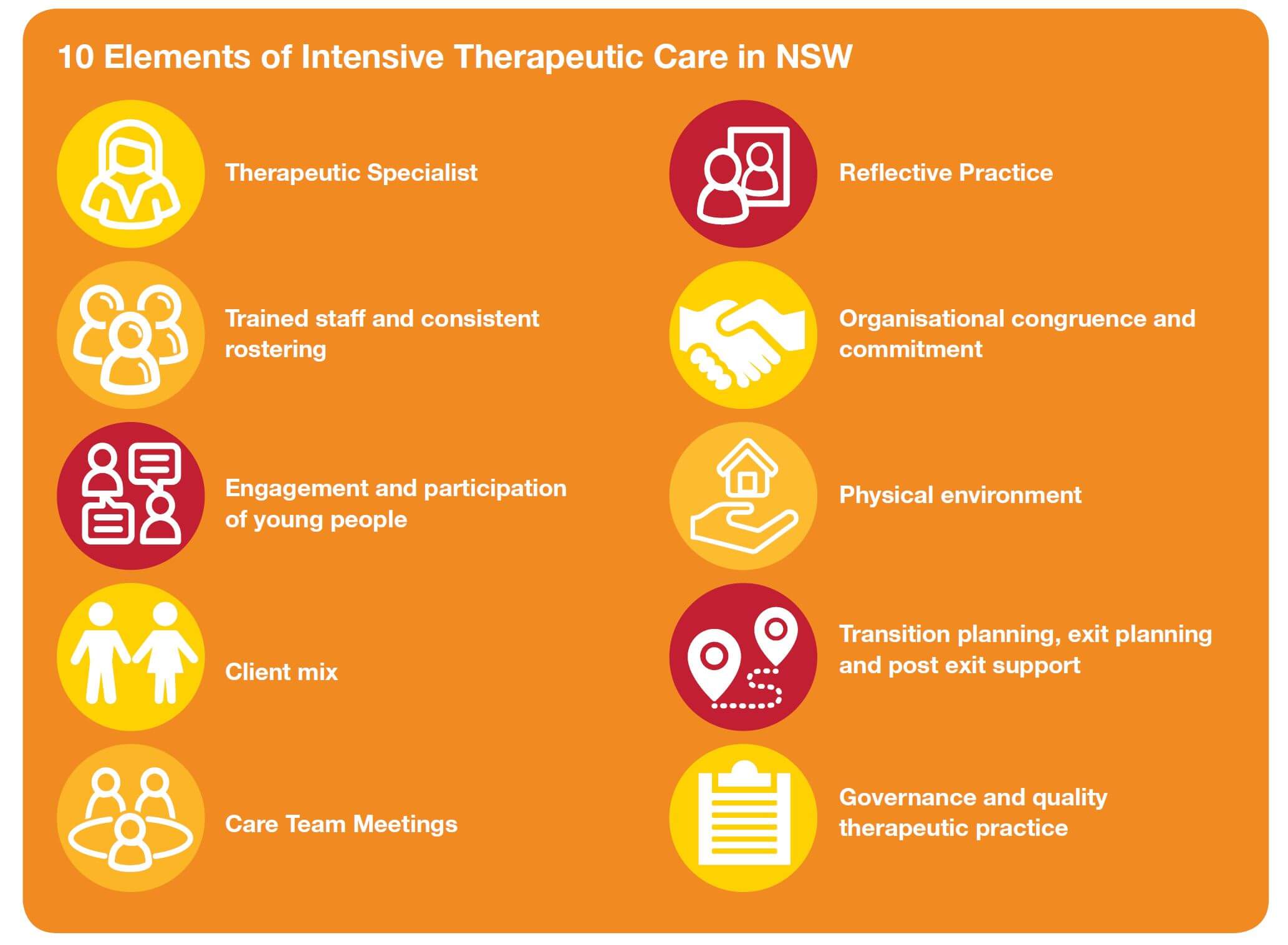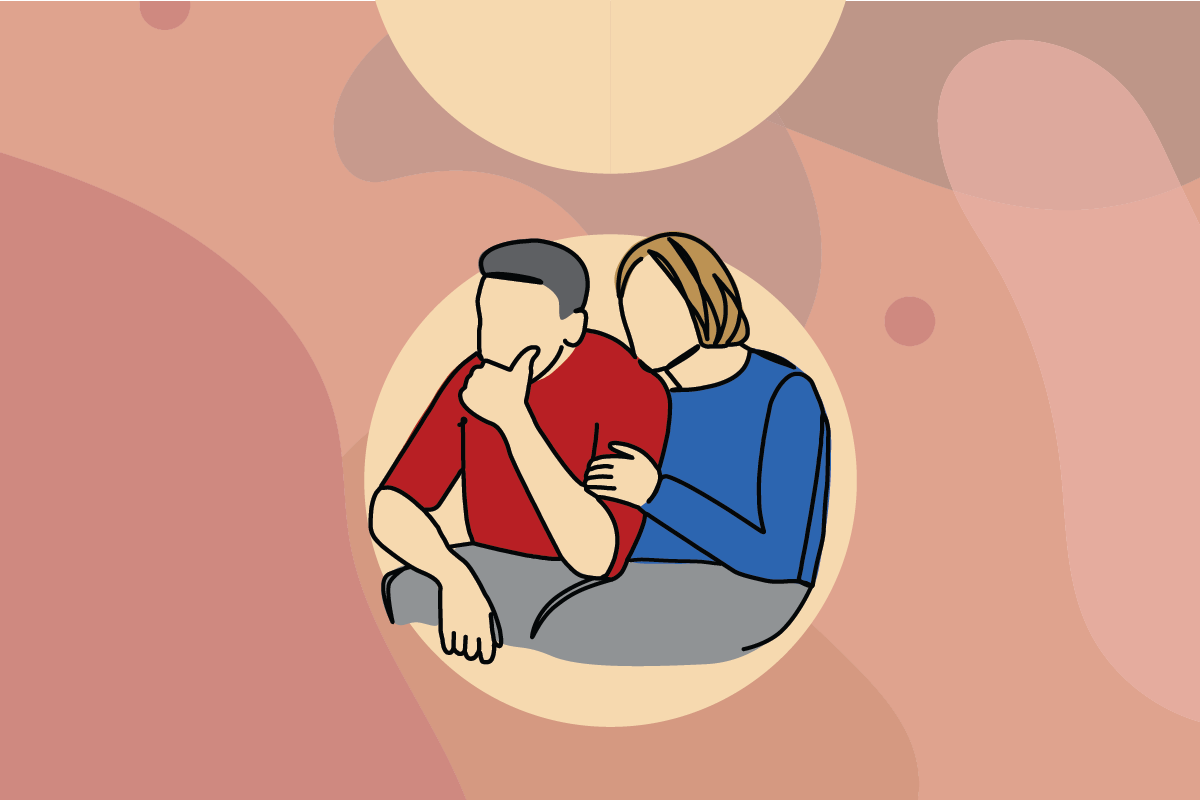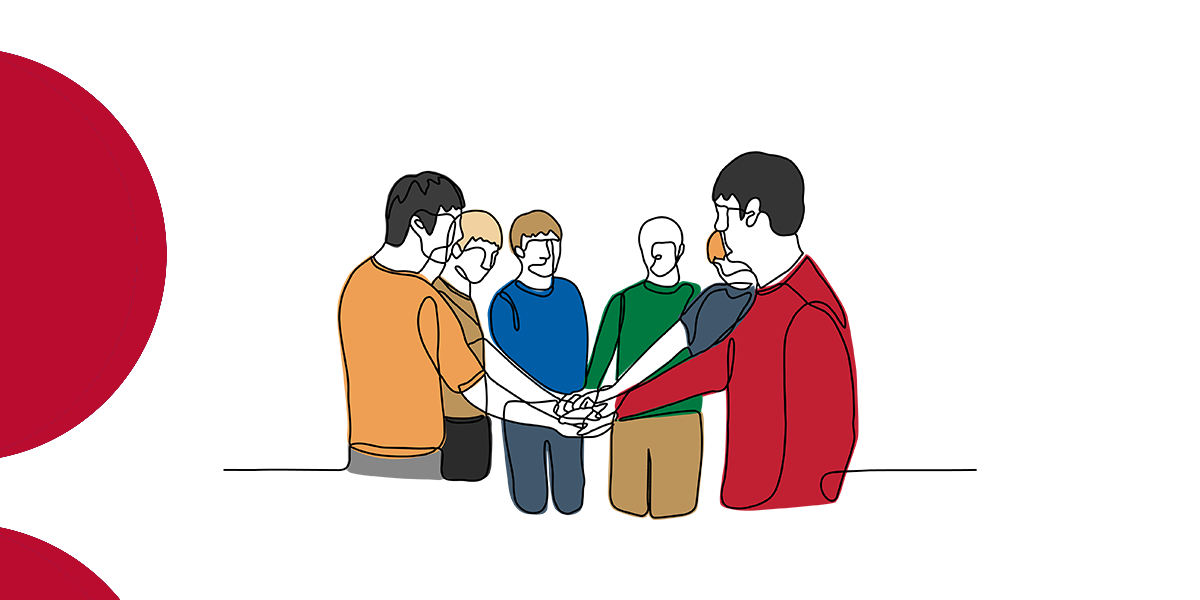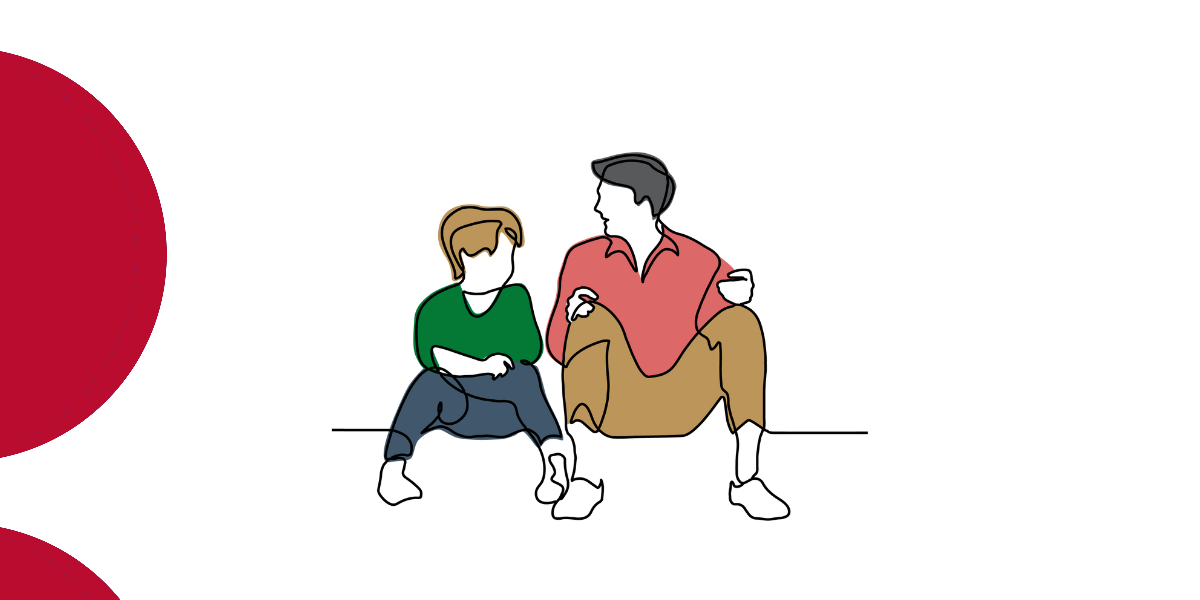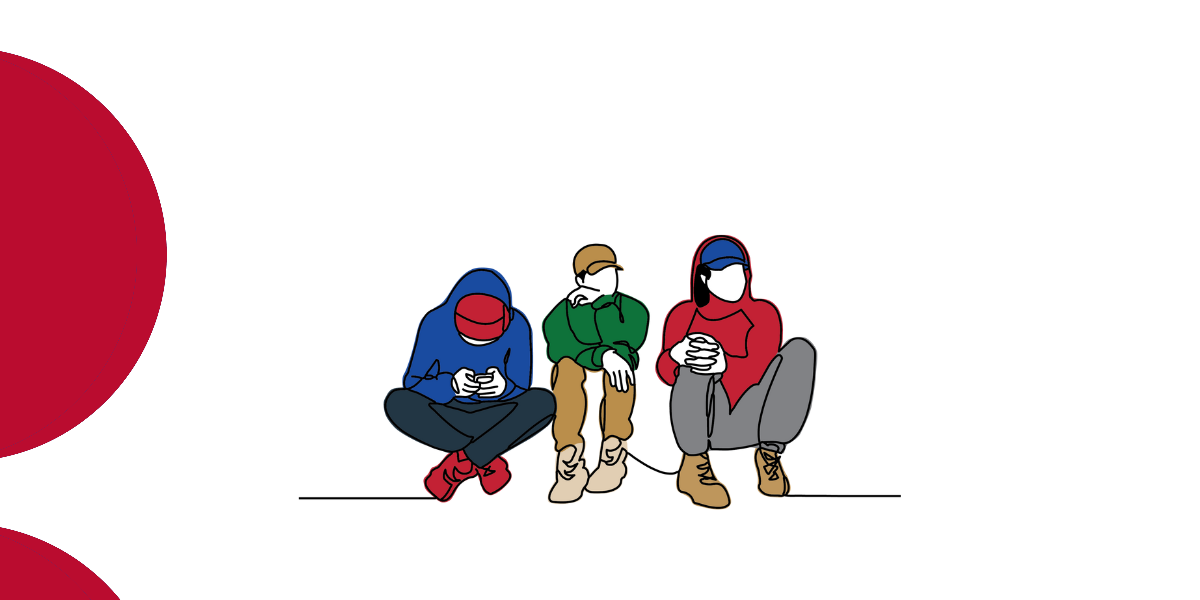Client mix and matching in intensive therapeutic care
Dec 2020
Written by Janise Mitchell Noel Macnamara
Young people living in residential care are highly vulnerable and have commonly experienced a significant level of trauma and abuse. They often present with complex needs and a range of risk-taking behaviours such as aggression, self-harm, sexualised behaviours, substance misuse and other activities that place themselves or others at risk.
As such, it requires a well-planned and highly responsive system to assist these young people to engage in a collaborative road to recovery and healing. The Intensive Therapeutic Care reforms in NSW are a significant step in delivering a robust system of high-quality care for this vulnerable group. Effective client mix is a crucial element of this reform. Effective decision-making regarding placement matching and client mix provides the foundation for safety, therapeutic care and improved outcomes for young people.
The challenges of caring for young people with complex behaviours in residential group settings is widely recognised in literature and practice. The evolution of therapeutic residential care has sought to strengthen models of care with the intentional use of planned and purposeful therapeutic environments. The group living and learning context is a critical part of therapeutic models of residential care. Questions relating to optimal group size and how to assess best what mix of young people can live well together thus become key areas of concern.
Critics of residential or congregate care environments often argue that it is not in the interests of young people with complex needs to live together due to the potential risks their behaviours pose to one another. This is a legitimate concern and cannot be ignored. The safety of young people is paramount. Of course, it is.
We suggest, however, that the practice of effective client mix and client matching is far more complex and often not well understood. The most recent Victorian Ombudsman’s Report (2020) into residential care is suggestive of this. Whilst focussing on the failure of residential care to keep the five young people they investigated safe, the Ombudsman focussed their recommendations on an optimal group size as the means through which safety is assured, despite the fact that two of the five young people were accommodated with only one other young person. We suggest that the issue of safety is not so simply understood nor achieved. There are no easy answers. The complex needs of young people need sound understanding, robust decision making and high-quality therapeutic care.
Quality therapeutic care is safe, effective and child-centred. When young people feel safe and secure they can benefit from the nurturing and enriching emotional and pro-social experience of a therapeutic environment. Bruce Perry (1996) said that “the hallmark of the transforming interaction (therapeutic care) are safety and predictability”. The experience of safety is much more than the absence of physical danger and threat. Safety is also a relational experience. It is found in the consistent, predictable and attuned relationships young people are offered by staff. Young people can ‘be’ safe without ‘feeling’ safe. Young people tell us that if they see staff can manage the difficult behaviours of other young people, they feel safe. The capacity of staff to offer relational and physical safety is a critical consideration in client mix and match practice.
We have proposed a model for effective practice in client mix and match which identifies seven essential domains that must be considered in the client mix and matching decision-making process.
The interplay of these domains, or variables, will impact the achievement of positive outcomes for young people. Careful assessment of the risks, needs, strengths, and vulnerabilities across each domain, and the consequences of these is critical. Strengths in one or more domains will mitigate the vulnerabilities in other domains. The model assists decision-makers to consider the complex interplay of these domains on the capacity of the program to meet the needs of young people.
For example:
- A positive group climate is reliant on the staff to set the relational context within which young people feel safe to share their thoughts and feelings with staff and with staff who are able to set limits, boundaries and expectations that are balanced, negotiated, understood, accepted and calmly applied.
- Group norms and the expectations young people placed on each other and the group itself can play an important role in setting standards for behaviour and maintaining safety.
- Group dynamics should be carefully monitored and supported in consideration of their ‘readiness’ to accept/positively tolerate a new young person, supported by a comprehensive understanding of young peoples’ unique strengths, vulnerability and triggers.
- Positive staff culture and attitudes towards the behaviour of young people are critical to the staff’s ability to interpret the behaviour and needs of young people through a trauma-informed lens. Trusting and safe relationships between staff and young people are essential for young people to be supported to de-escalate, co-regulate and learn prosocial behaviours.
- There is a strong relationship between organisational and system cultures and group living climate in the houses with staff performing better when there is confidence the organisation shares their vision and commitment to the work.
You can read more about the model for client mix and matching in the Practice Guide: Client Mix and Client Matching in Therapeutic Care.

